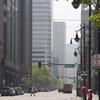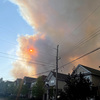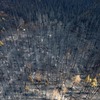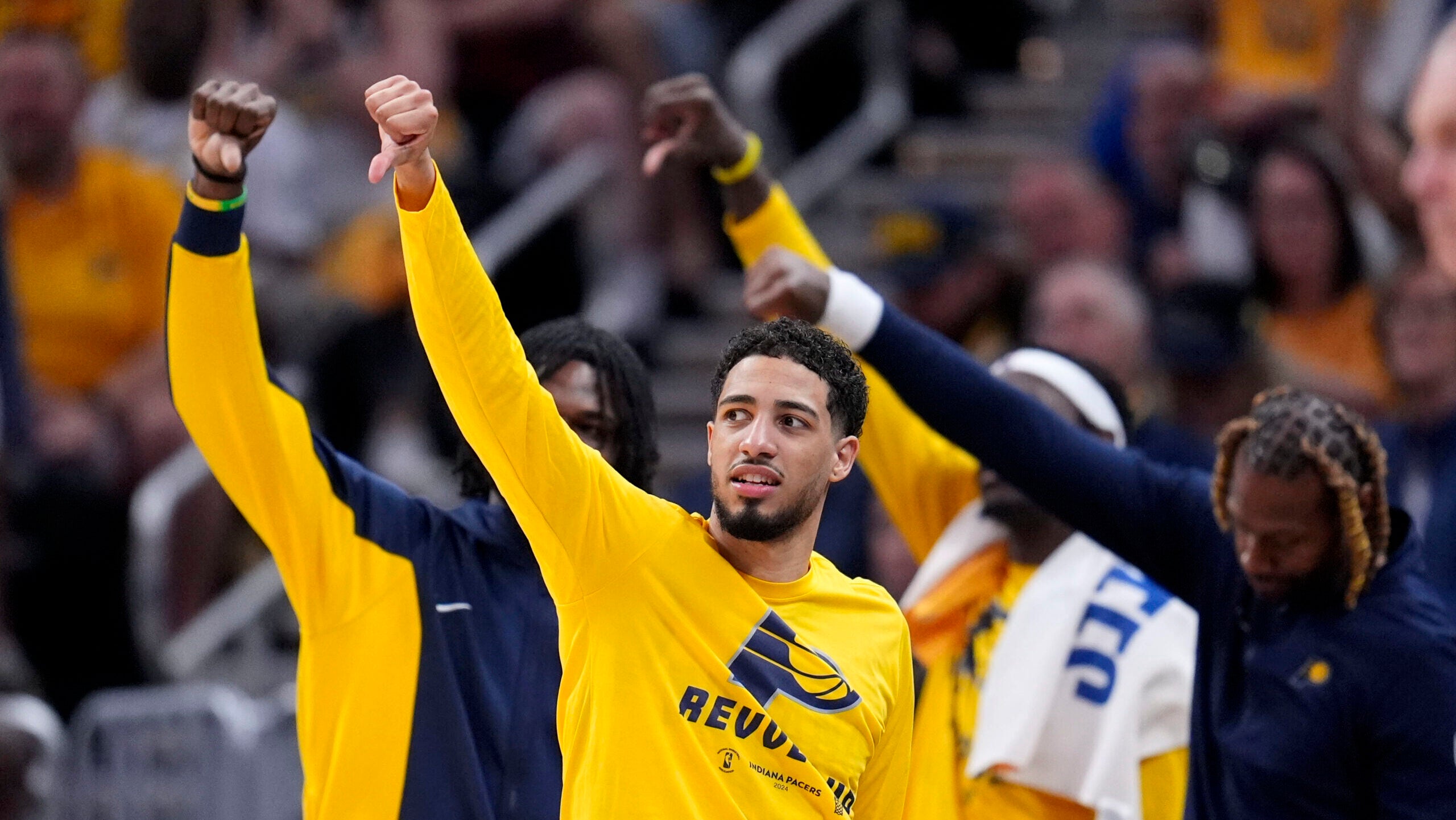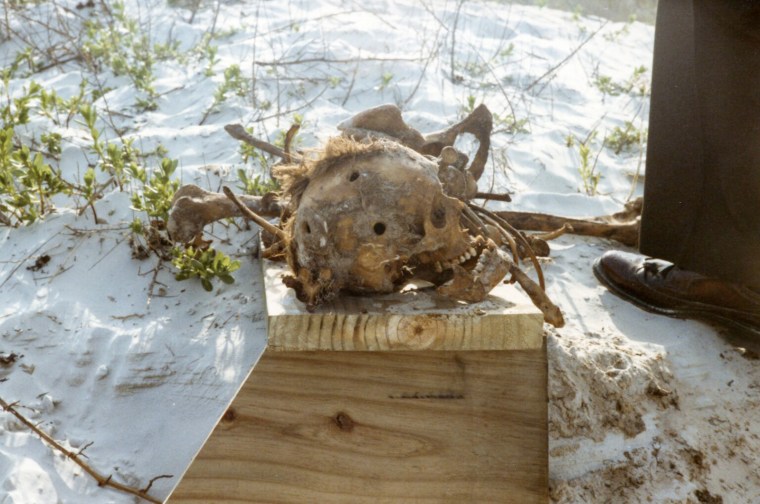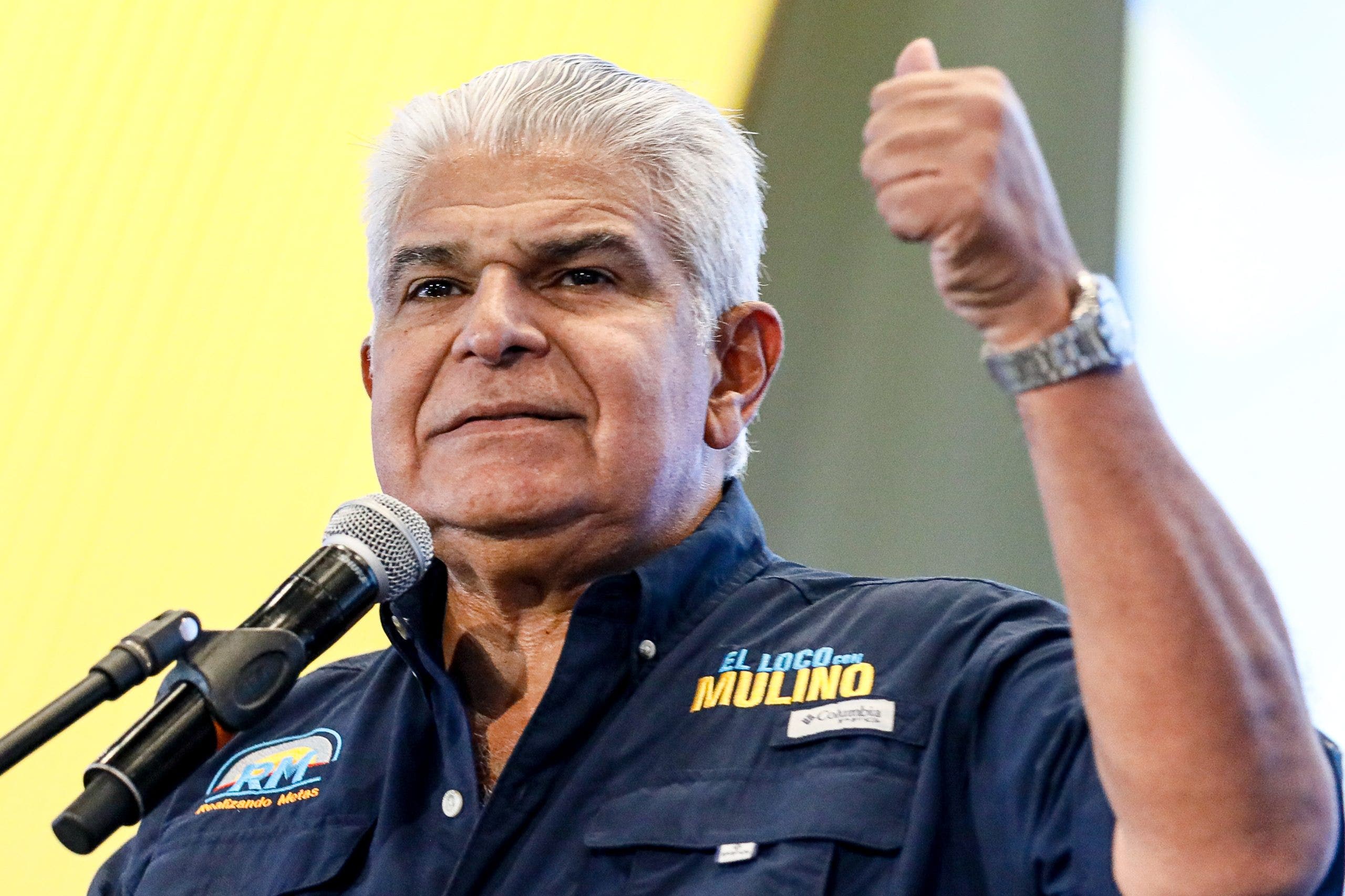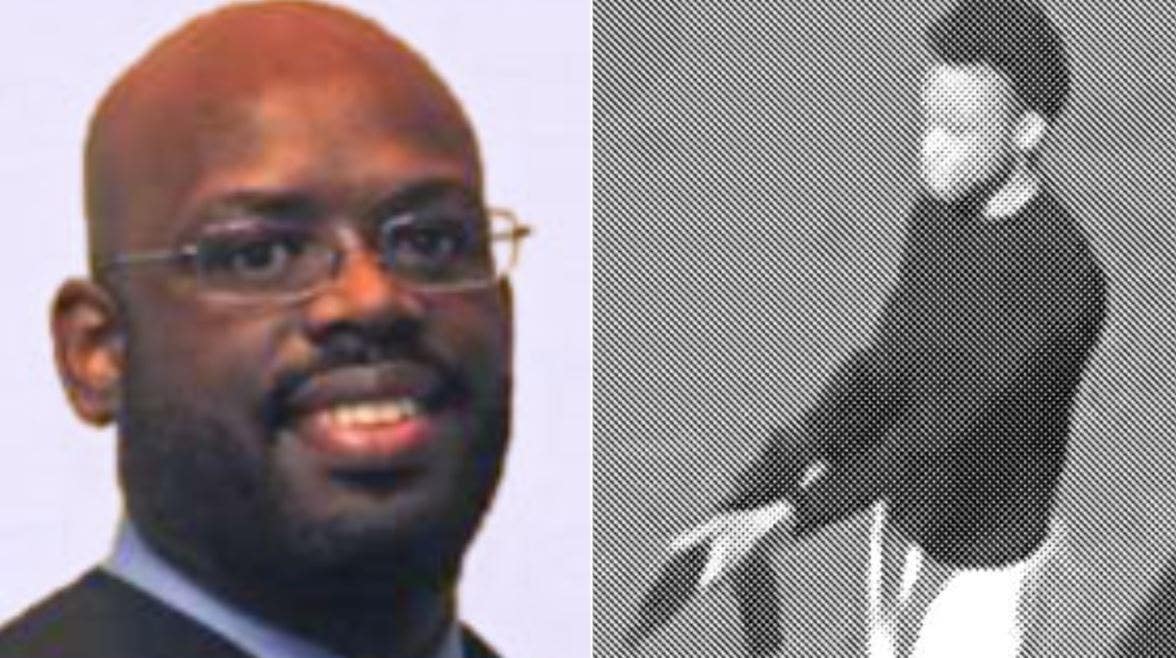Vladimir Putin has replaced two of his longest-serving security officials in a surprise reshuffle, suggesting the Russian president is dissatisfied with the handling of his two-year invasion of Ukraine.
Putin, who was sworn in for a fifth term in office earlier this week extending his quarter-century rule until at least 2030, has moved Sergei Shoigu, the defence minister since 2012, to become head of Russia’s security council on Sunday, according to the upper house of parliament.
Andrei Belousov, a deputy prime minister and longtime economic adviser to Putin, is to replace Shoigu.
Nikolai Patrushev, a hawkish former spy and one of Putin’s closest aides who has led the security council since 2008, will take up an unspecified new position.
Putin’s appointments mark the biggest shake-up of his security officials in a decade and a half, even as his forces continue to advance against Ukraine’s outmanned, outgunned army.
The Kremlin painted Shoigu’s move as part of efforts to rein in Russia’s runaway defence spending. On Putin’s orders to supply armed forces fighting in Ukraine this has been earmarked for the current year at a record Rbs10.8tn ($118.5bn).
Shoigu had previously been seen as a near-untouchable figure thanks to his closeness to Putin — with whom he has holidayed several times in Tuva, his home region in Siberia — and for his success in seeing off the challenge from a mutiny by mercenary leader Yevgeny Prigozhin last year.
However, even as Russia gained the upper hand in Ukraine in recent months, Shoigu and Valery Gerasimov, chief of the general staff, continued to arouse widespread ire among supporters of the war over the military’s many battlefield failures.
Russia’s security services arrested Timur Ivanov, a deputy defence minister, on corruption charges late last month, a step seen as indicating Putin had wanted to weaken Shoigu.
Dmitry Peskov, Putin’s spokesman, told reporters the Kremlin wanted to appoint an economic official to run the defence ministry after Russia’s security budget ballooned to 6.6 per cent of gross domestic product.
“This isn’t a critical number for now but, because of well-known geopolitical circumstances around us, we are gradually getting closer to the situation in the mid-1980s when the share of spending on security was just 4 per cent,” Peskov said.
“This demands special attention,” Peskov added. “It’s very important to put the security economy in line with the economy of the country, so that it meets the dynamics of the current moment.”
“It’s also important to point out that, on the battlefield, he who is more open to innovation [ . . . ] wins. At this stage, the president has decided that a civilian should run the defence ministry.”
Peskov said Belousov’s tenure as an economic adviser to Putin, as minister of economic development, and as first deputy prime minister, was suitable experience for a defence ministry that needed to be “open to innovation, implementing advanced ideas, and creating conditions for economic competition.”
He said Belousov’s appointment would not affect the work of Gerasimov, Russia’s top commander in Ukraine.
He did not explain why Patrushev had been replaced. Patrushev “continues to work, and in the next few days we will tell you where,” Peskov told reporters.
Michael Kofman, a senior fellow at the Carnegie Endowment who studies the Russian military, said the shake-up showed it was “clear that Russian economic elites performed far better than military elites in this war.”
Belousov’s appointment means Gerasimov will eventually also be replaced, Kofman said.
“Shoigu was incompetent but loyal. The same can be said of Gerasimov. In the past chiefs of general staff were replaced with the minister of defence. Although Peskov has said that Gerasimov will stay on, Belousov will likely want his own person in there.”


